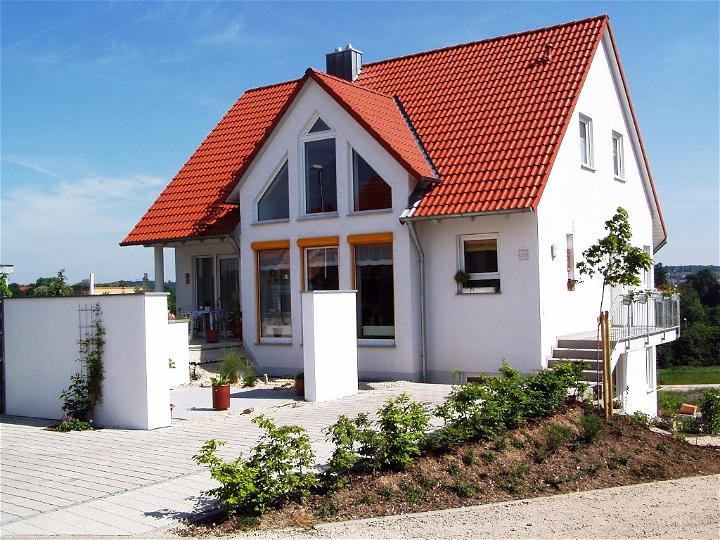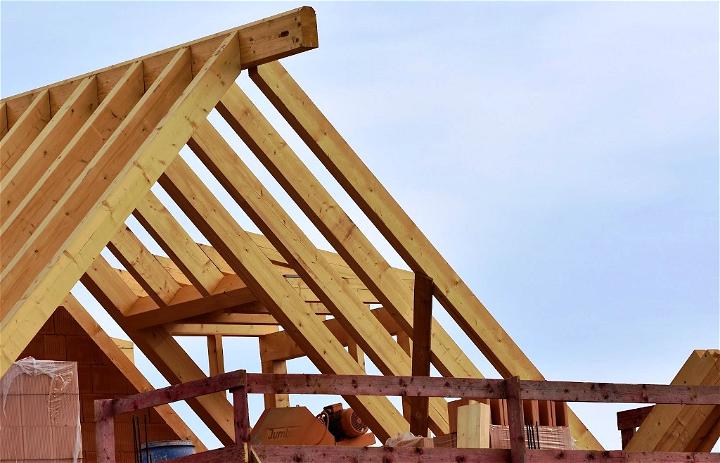You can choose from many roofing options, and if you prefer something more unique than the standard asphalt roof, you may want to consider designing a custom-made roof. This can be an excellent opportunity for homeowners who wish to add some extra personality to their homes or are looking for increased durability and weather protection. Below are some tips you need to follow if you’re thinking about designing your roof.

Decide the type of roof you want
First, consider the type of roof you want when designing a custom roof. Many different types of roofs are available, from traditional pitched roofs to flat roofs and everything in between. You can also opt for a conservatory roof made entirely of glass or a thatched roof made from straw or reeds. In terms of the former, there are blinds on a conservatory roof which means that you can open them in the summer to let in natural light and close them in the winter to keep the heat in. Regarding the latter, thatched roofs are prevalent in the UK and can give your home a unique and rustic look.
You’ll need to consider your area’s climate and your home’s style when making this decision. The weather in your area will dictate the type of materials that can be used for your roof, as well as the overall design. For example, if you live in an area with a lot of snow and ice, you’ll need to ensure that your roof is designed to withstand these conditions. The style of your home will also play a role in the type of roof you choose. A pitched roof is the best option if you have a traditional house. However, if you have a modern home, you may want to opt for a flat roof or a glass conservatory roof. From there, you can start to think about the materials you’ll need to use.
Choose suitable materials.
Next, you must choose suitable materials. This is a crucial step, as the materials you use will determine your roof’s durability. It will also determine how well your roof will withstand the elements. If you live in an area with a lot of snow and ice, you’ll need to ensure that your roof is made from materials that can withstand these conditions. For example, if you choose a thatched roof, you’ll need to ensure that the straw or reeds are treated so that they don’t rot in wet conditions.
The most common material for pitched roofs is asphalt shingles, but some opt for metal roofing, slate, or tile. If you choose a flat roof, the most common material is rubber membrane. However, you can also use asphalt roll roofing, PVC single-ply membrane, or EPDM rubber. You can then start thinking about your roof’s design when you know which materials to use.
Create a budget
The cost of materials is one of the most important things to consider when designing a custom roof. Ensure you have the money to spend on the materials and any labor costs associated with the installation. Regarding material costs, asphalt shingles are typically the most affordable option. However, metal roofing and slate can be more expensive. A more affordable option is the opportunity to consider rubber membrane or asphalt roll roofing. Regarding labor costs, it’s essential to factor in the price of hiring a professional to install your roof. You’ll need to prepare enough money to cover the cost of hiring someone to do it for you if you are not comfortable doing this job yourself.
Design your roof
When it comes to the design of your roof, there are a few things you need to consider. First, make sure that your roof is adequately ventilated. This is important as it will help prevent condensation build-up, which can lead to mold and mildew. You also must ensure that your roof is designed to shed water effectively. You’ll need to include a slope in your design so that water can run off quickly.
In addition, you need to consider the wind load in your area. This is especially important if you live in an area with high winds. You’ll need to ensure that your roof is designed to withstand these conditions so that it doesn’t get damaged in a storm. Once you’ve considered all of these factors, you can start to create your roof. You can do this yourself or hire a professional to do it for you. If you’re doing it yourself, you’ll need to create a blueprint of your design to ensure everything is perfect before you start construction.
Construction process
Once you’ve designed your roof, it’s time to start construction. This is the most critical part of the process, as it’s where your roof will be built. You’ll need to ensure that you have all of the materials you need on hand before you start to avoid any delays. You have to plan the days you’ll work on the project to ensure the job is completed promptly. In addition, you need to make sure that you have all of the tools and equipment that you need so that you can complete the job correctly.
Finishing touches
You’ll need to install the roofing felt and flashing when construction is complete. This will help protect your roof from the elements and give it a finished look. The felt and flashing can be installed by a professional, or you can do it yourself. After installing the felt and flashing, you’ll need to install the shingles or tiles. This is the last step, where you’ll see your roof come to life. From there, you can enjoy your roof for many years to come.

Keep these tips in mind when designing a custom-made roof, and you’ll be sure to create a beautiful and functional roof that will last for years. You can always work with a professional roofer to get the perfect roof for your home. Get in touch with a local roofing contractor today to get started. Rest assured that your dream roof is within reach with careful planning and execution.
